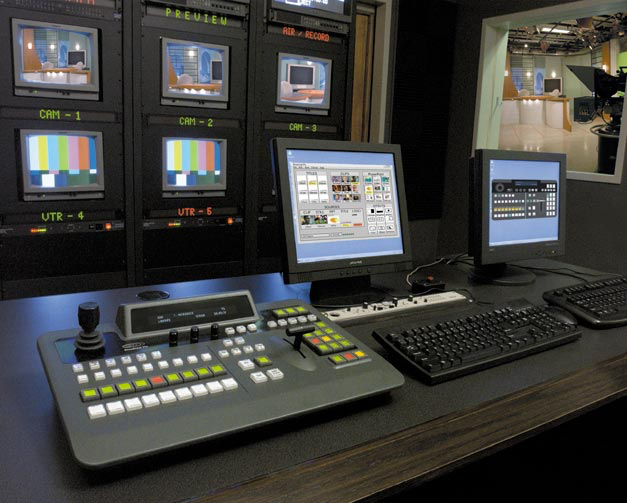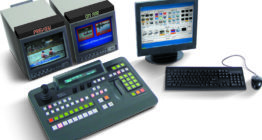Column: The benefits of integrated production systems and a missed opportunity

Subscribe to NCS for the latest news, project case studies and product announcements in broadcast technology, creative design and engineering delivered to your inbox.
In my last column, I talked about the history of production tools and how they started as multiple independent devices, such as a switcher, digital video effects (DVE) system, character generator, still store, clip store and camera controls.
In the early 2000s, we started to see the first software-based integrated production systems (IPS) integrate all the functions required for production into a single platform. Companies like NewTek and Broadcast Pix were the early pioneers.
Integrated production systems are typically more cost-effective than the constituent parts and are much easier to deploy because they are a single software platform. However, the biggest advantage is the ability to integrate control. It is relatively simple to create snapshots and macros to capture and automate the state of all of the software elements in an IPS, rather than across multiple devices. If you think about it, it goes even further. Because IPS’s are integrated devices, file names of titles, clips and stills are all known by the Media Manager, so in theory, macros can also recall specific content as part of the automation.
Imagine: A title can be recalled, populated with content, wiped on, flown around the screen, faded out, then transitioned to a specific clip, all from a single macro called “opening sequence” within the software. The traditional method would be that the overarching control system triggers the switcher, character generator and DVE individually and the user must set up each component of the move and its chosen content on the relevant devices.
Even today, the big switcher vendors like Sony, Grass Valley and Ross Video would have you believe that they have an integrated solution, but it’s an overarching control layer that triggers the individual devices, so the user must be familiar with multiple individual devices and the UIs to set them up.
However, the potential of this new integrated control was ignored and most of the early IPSs still controlled the systems through the preferred control surface: the M/E panel. This was what was known and understood by the “broadcast trained” operators – after all, when you are trying to get a new product genre established in the market you need acceptance – it would have been suicide for these pioneering companies to have redesigned the user interface at the same time.
The result: the 1960s-designed M/E control architecture persevered, in fact, flourished as IPS’s became popular for smaller, more cost-sensitive productions and the industry missed an opportunity. Yet, we continue to train new young operators on a 50-year-old control architecture that can only unleash the power of the IPS architecture through complex multiple-button pushes and multi-layer menus.
Subscribe to NCS for the latest news, project case studies and product announcements in broadcast technology, creative design and engineering delivered to your inbox.





tags
Broadcast Pix, Broadcast Workflow, control room, IP Production, live production, workflow
categories
Broadcast Equipment, Featured, Production Switchers, Voices